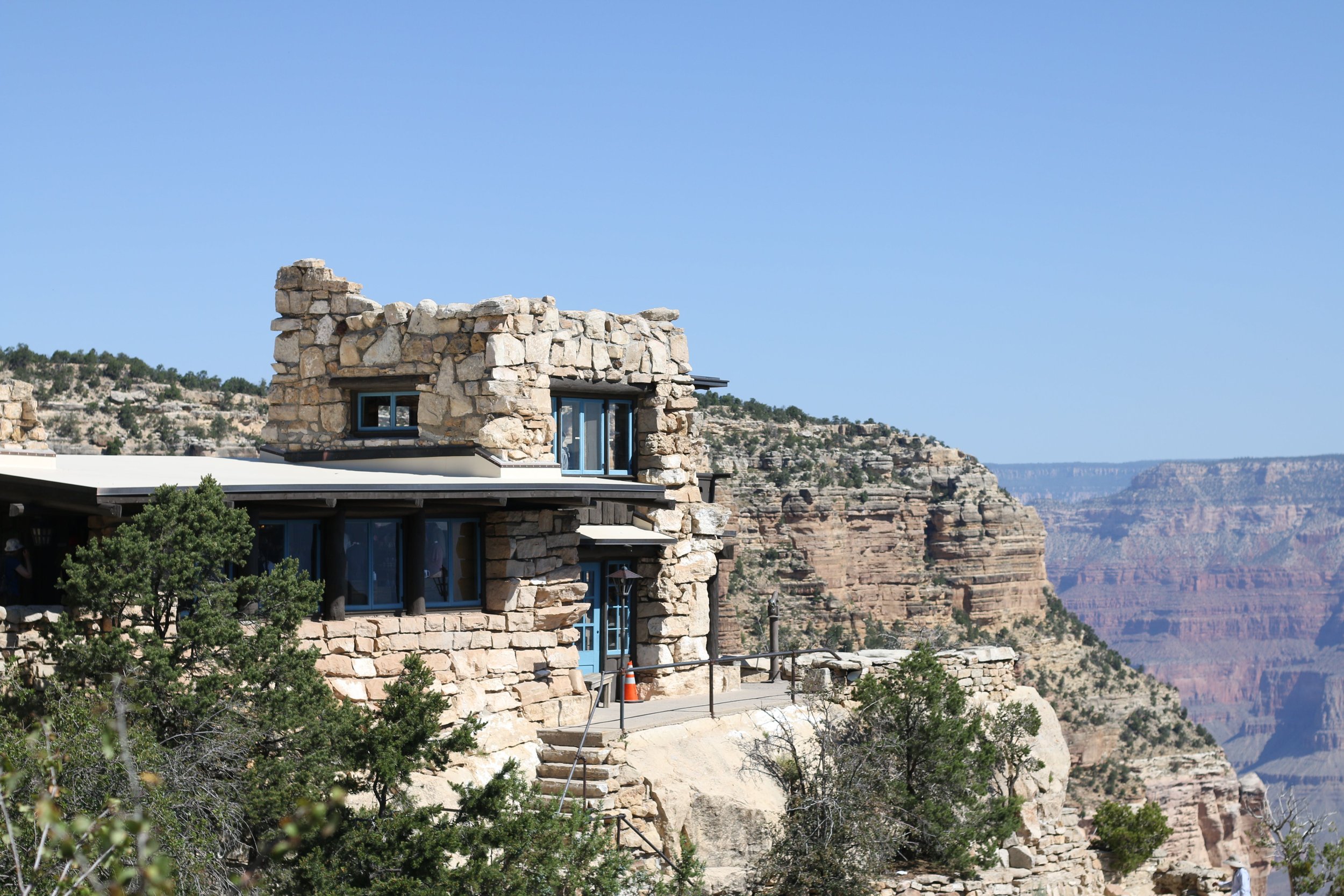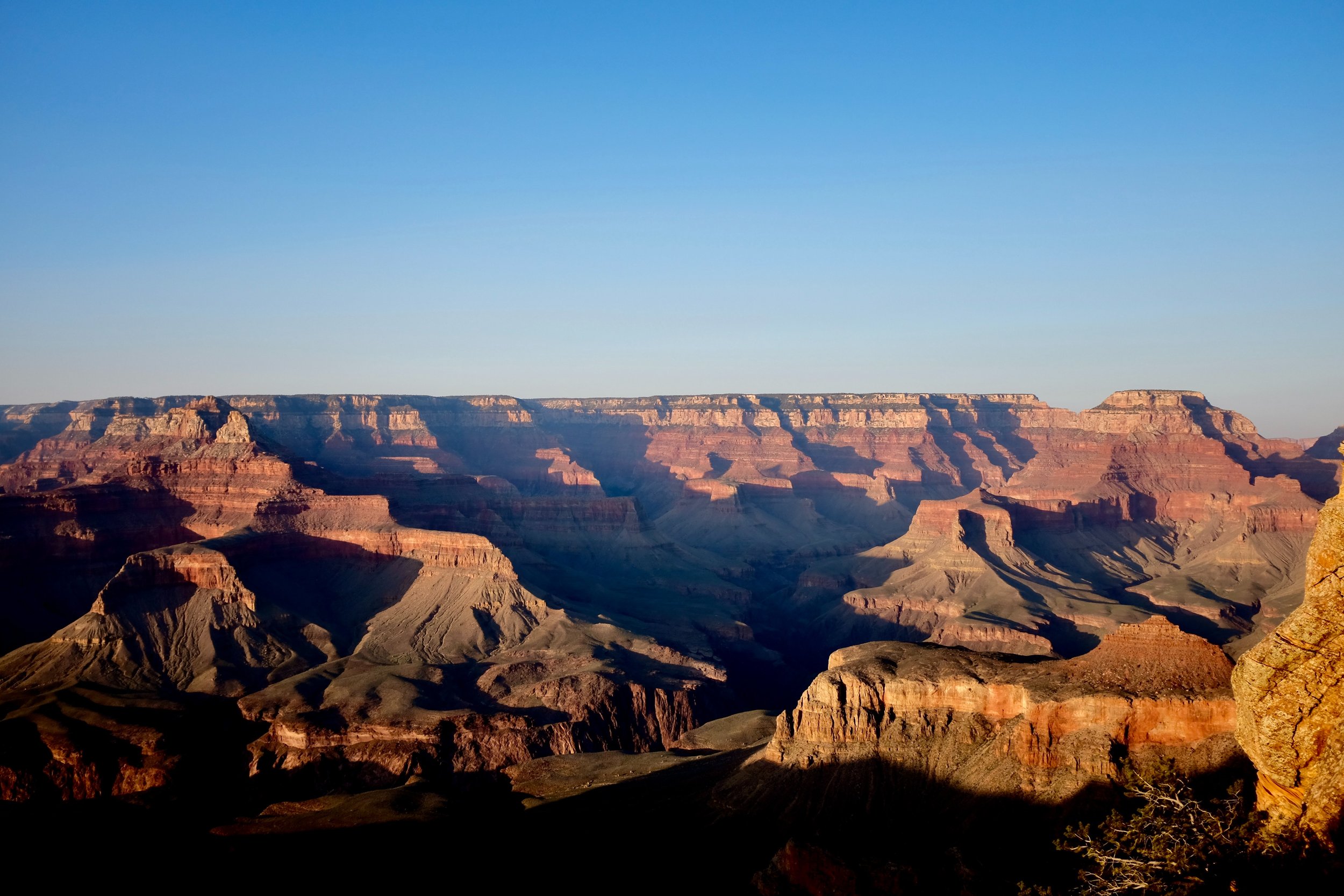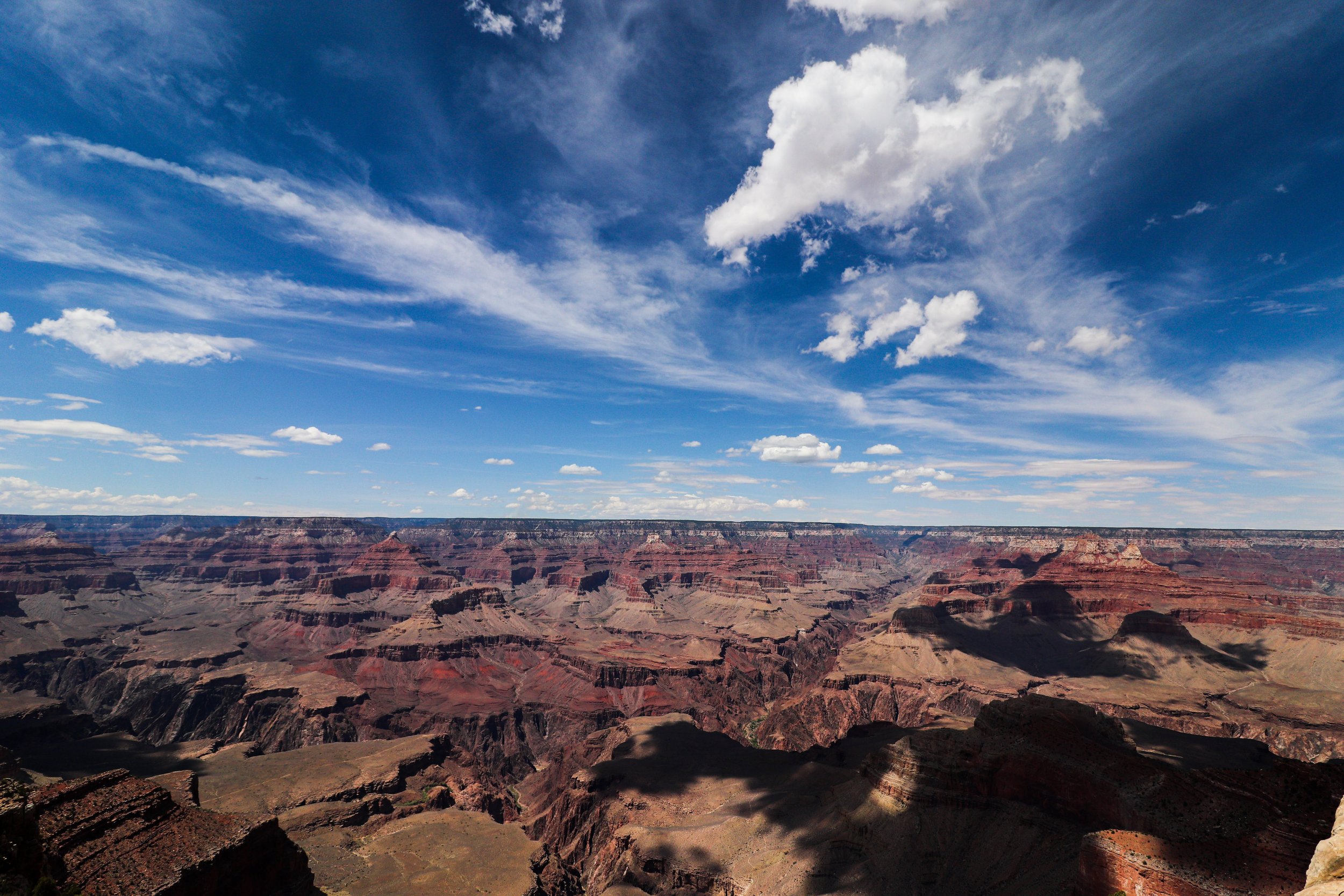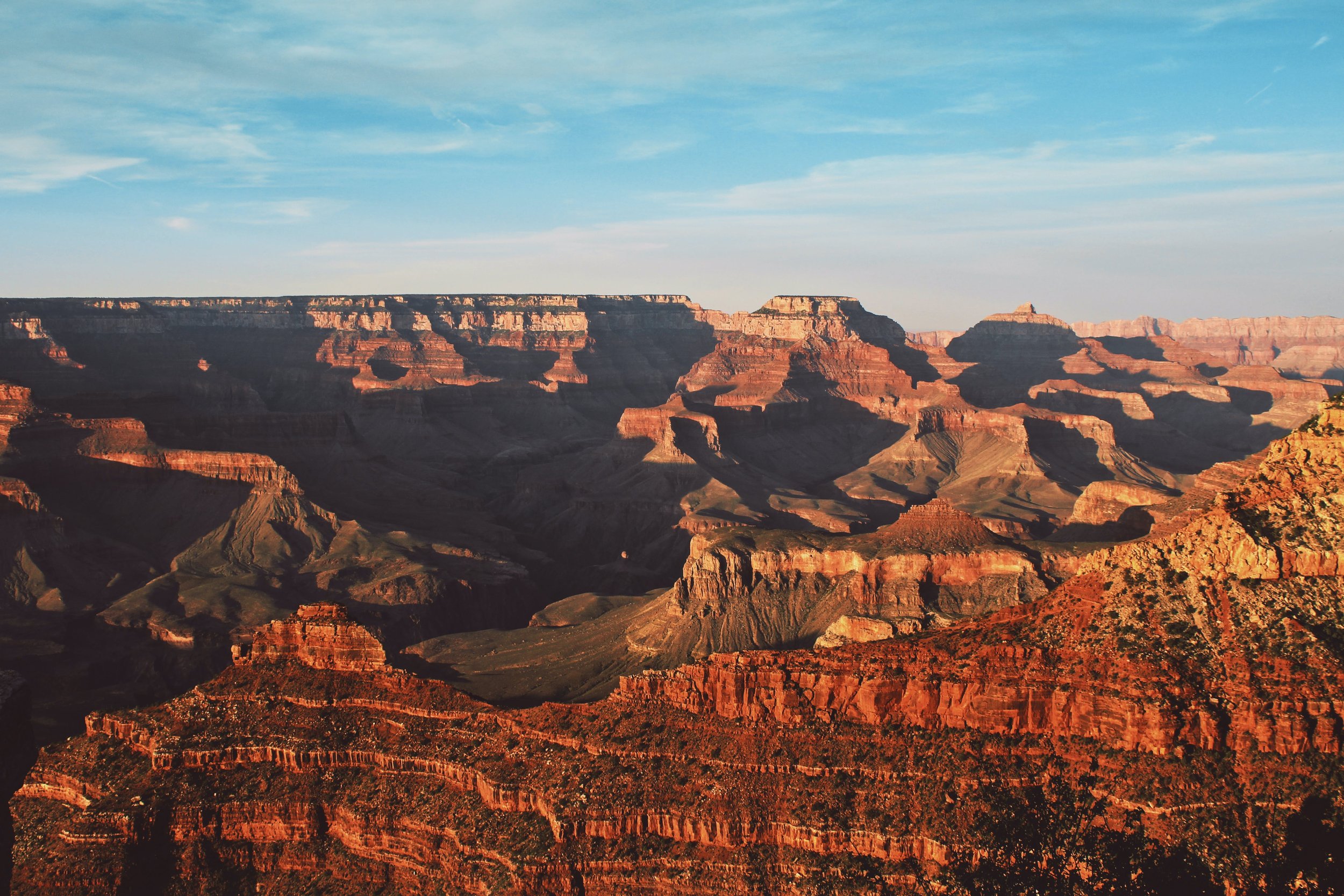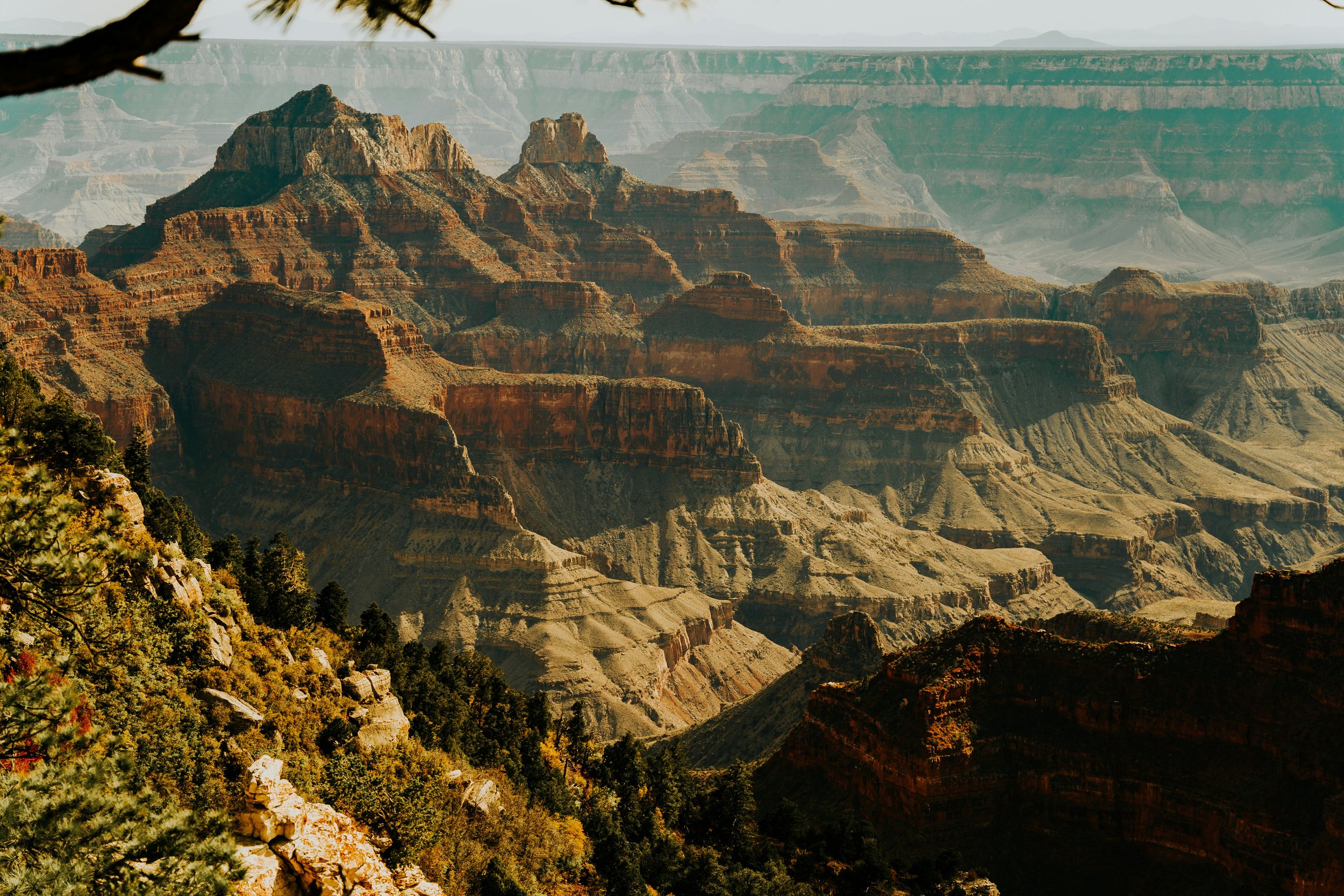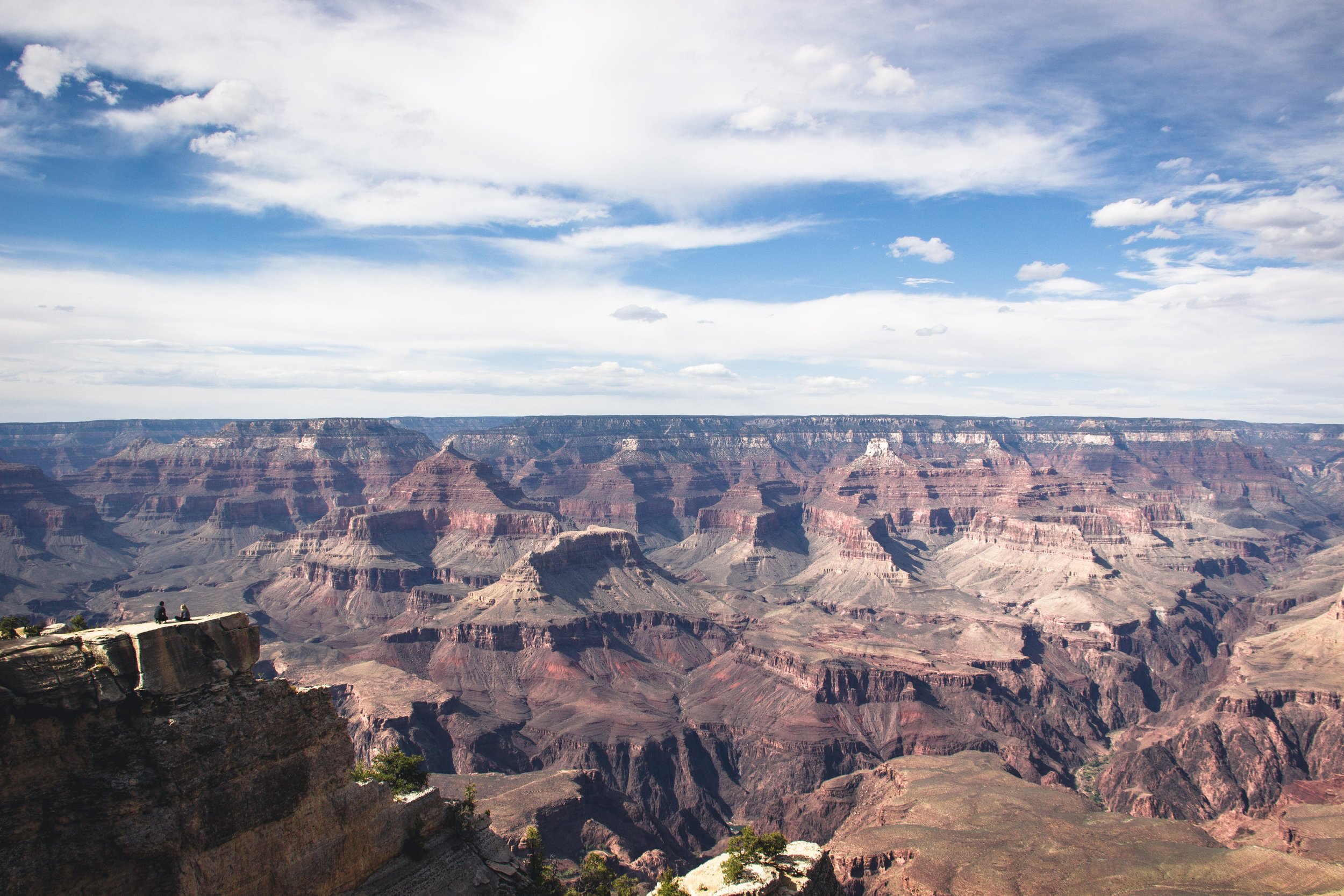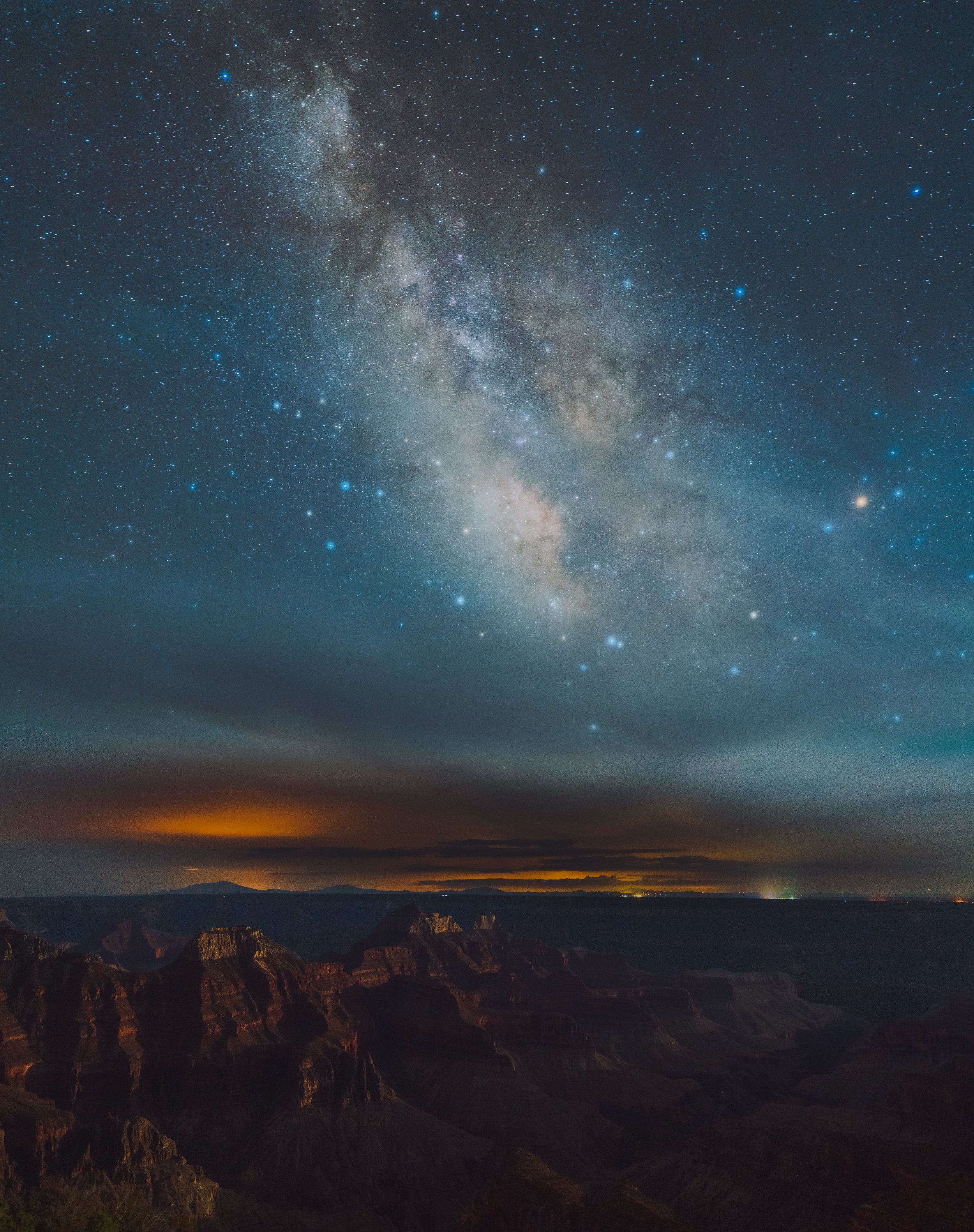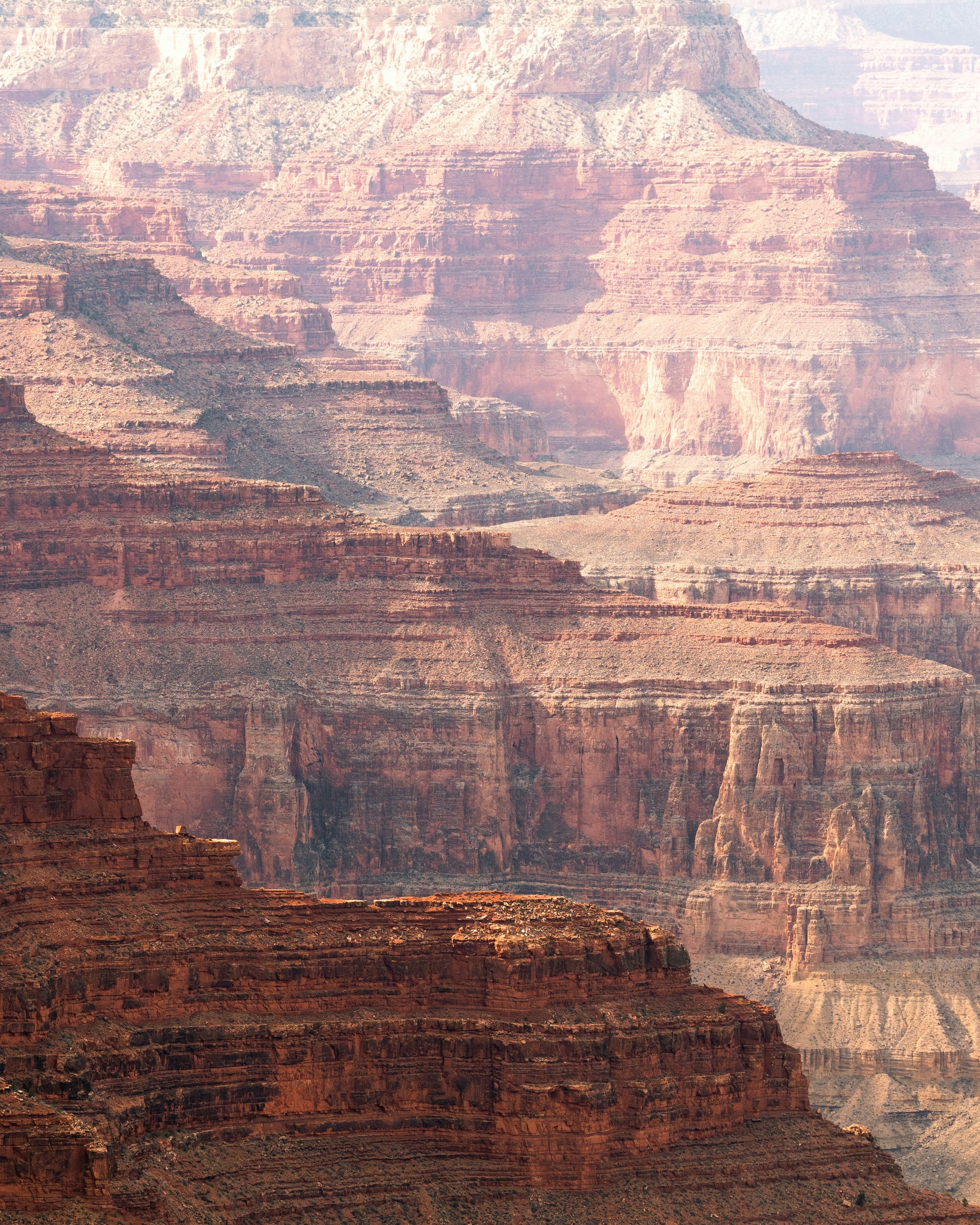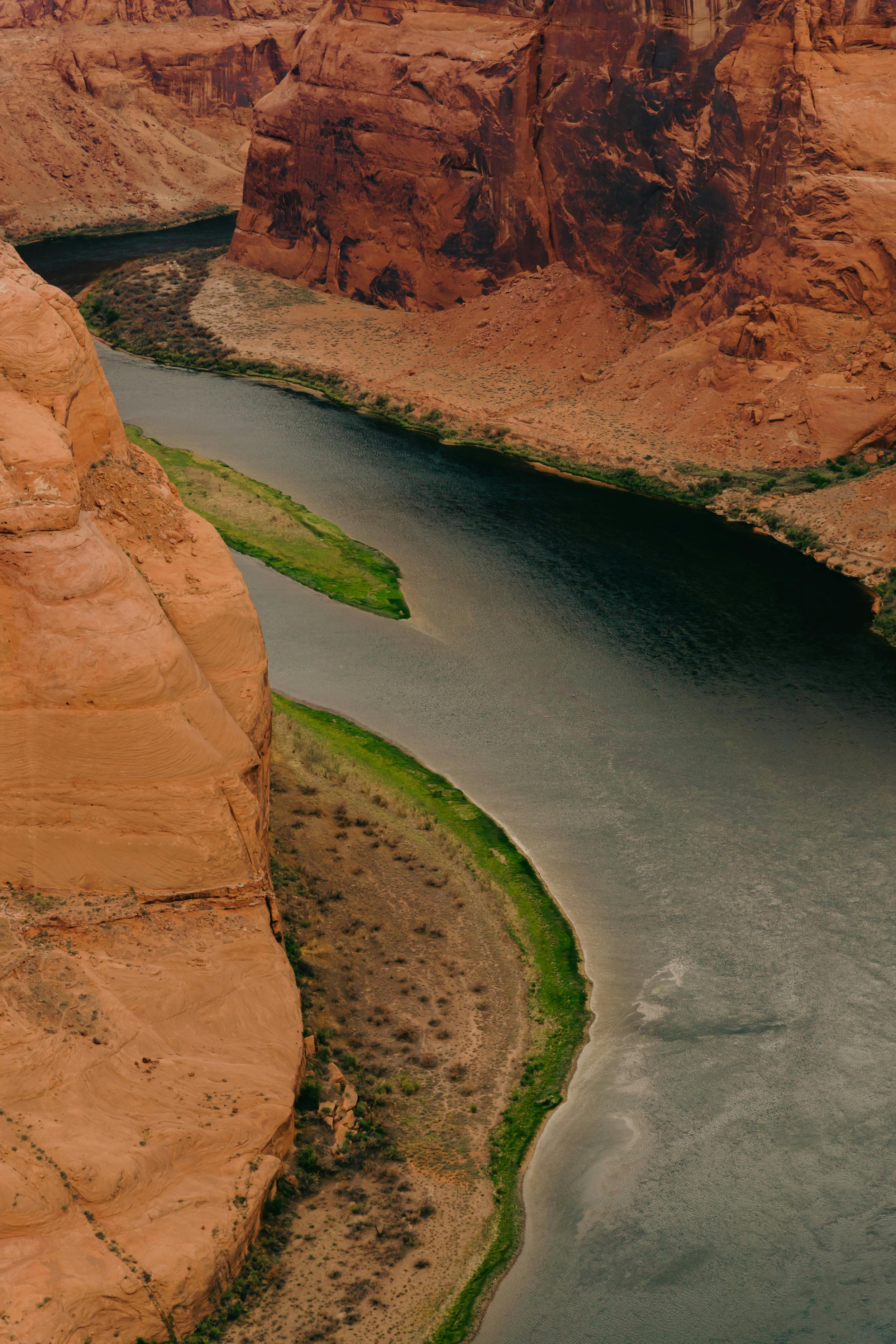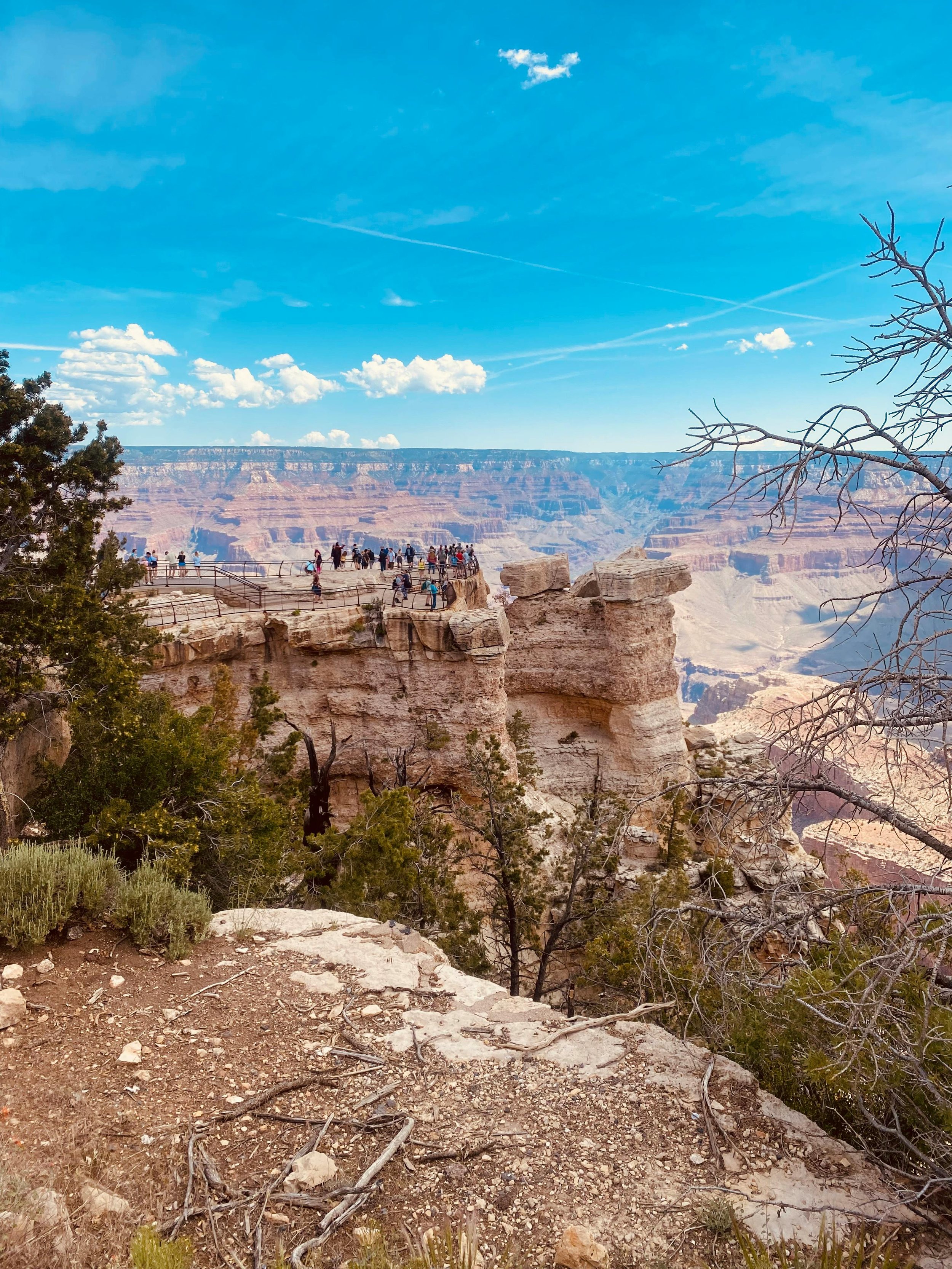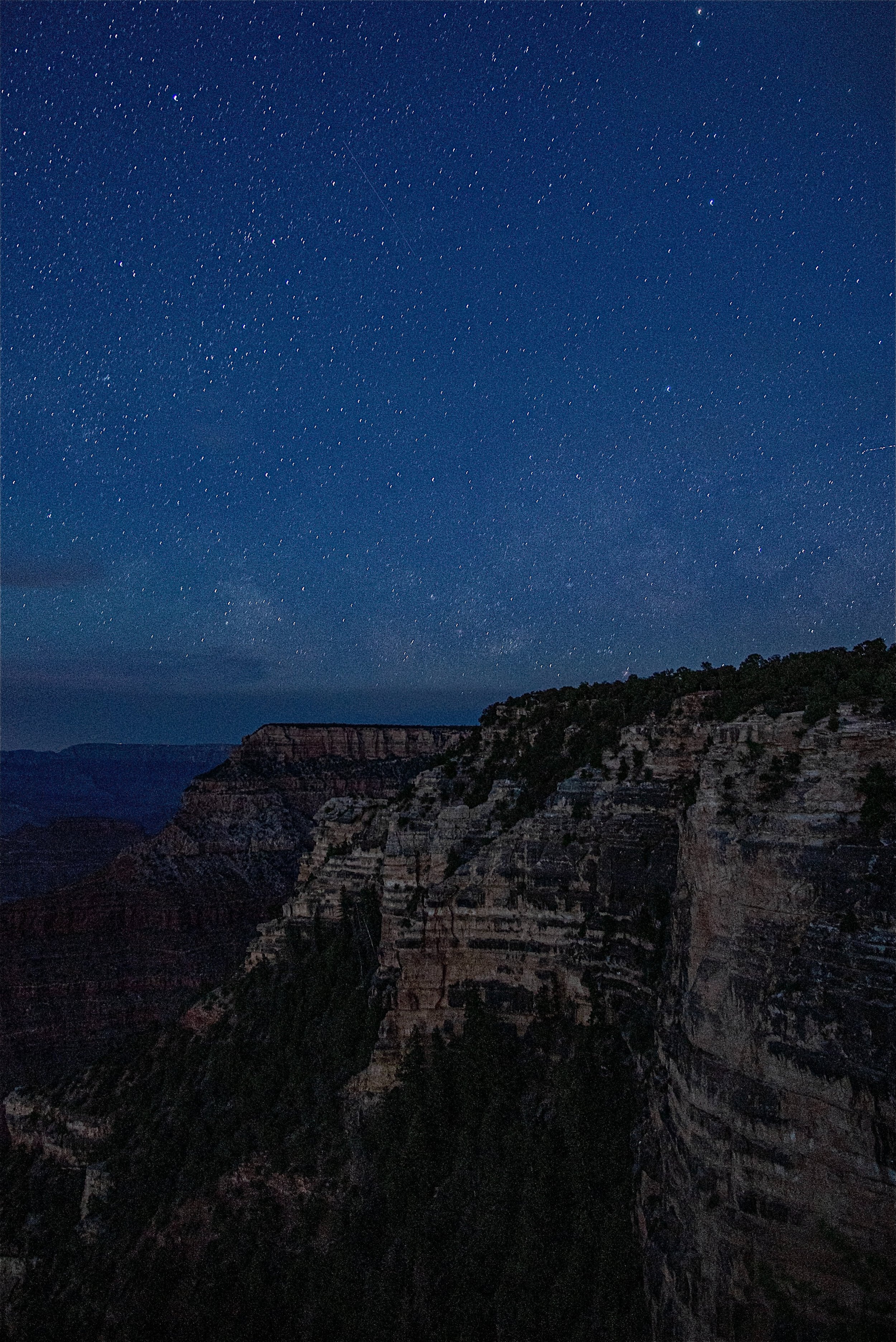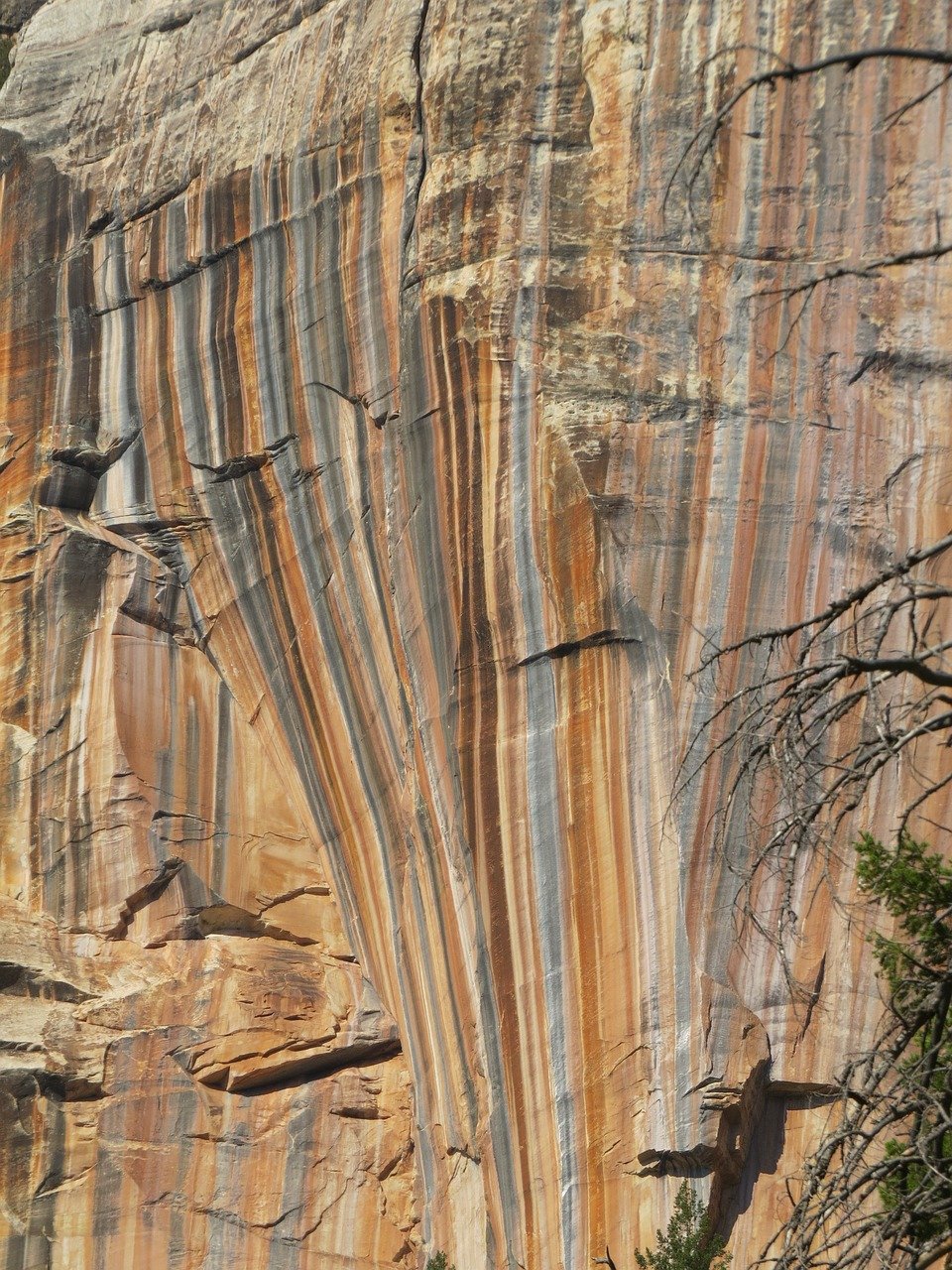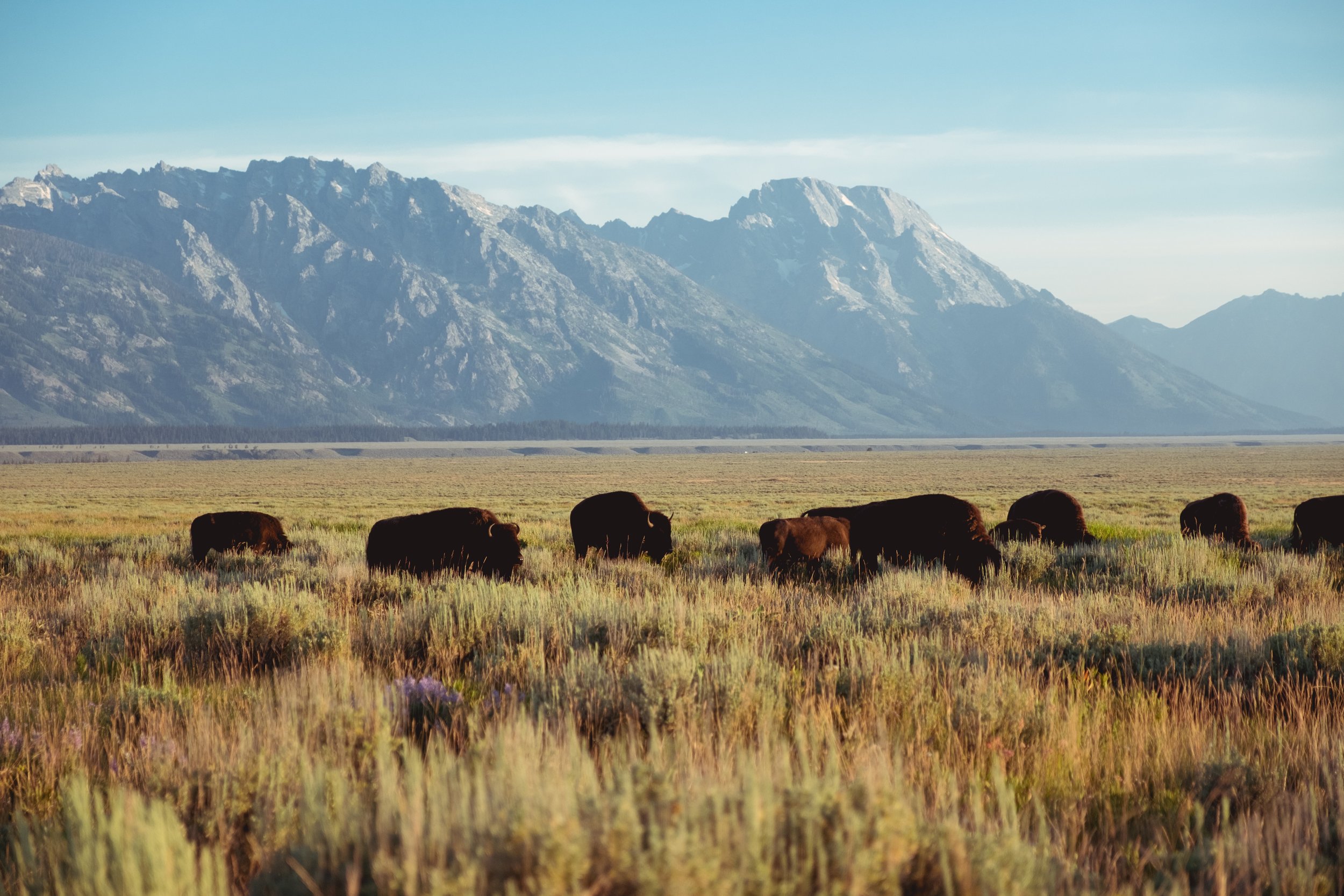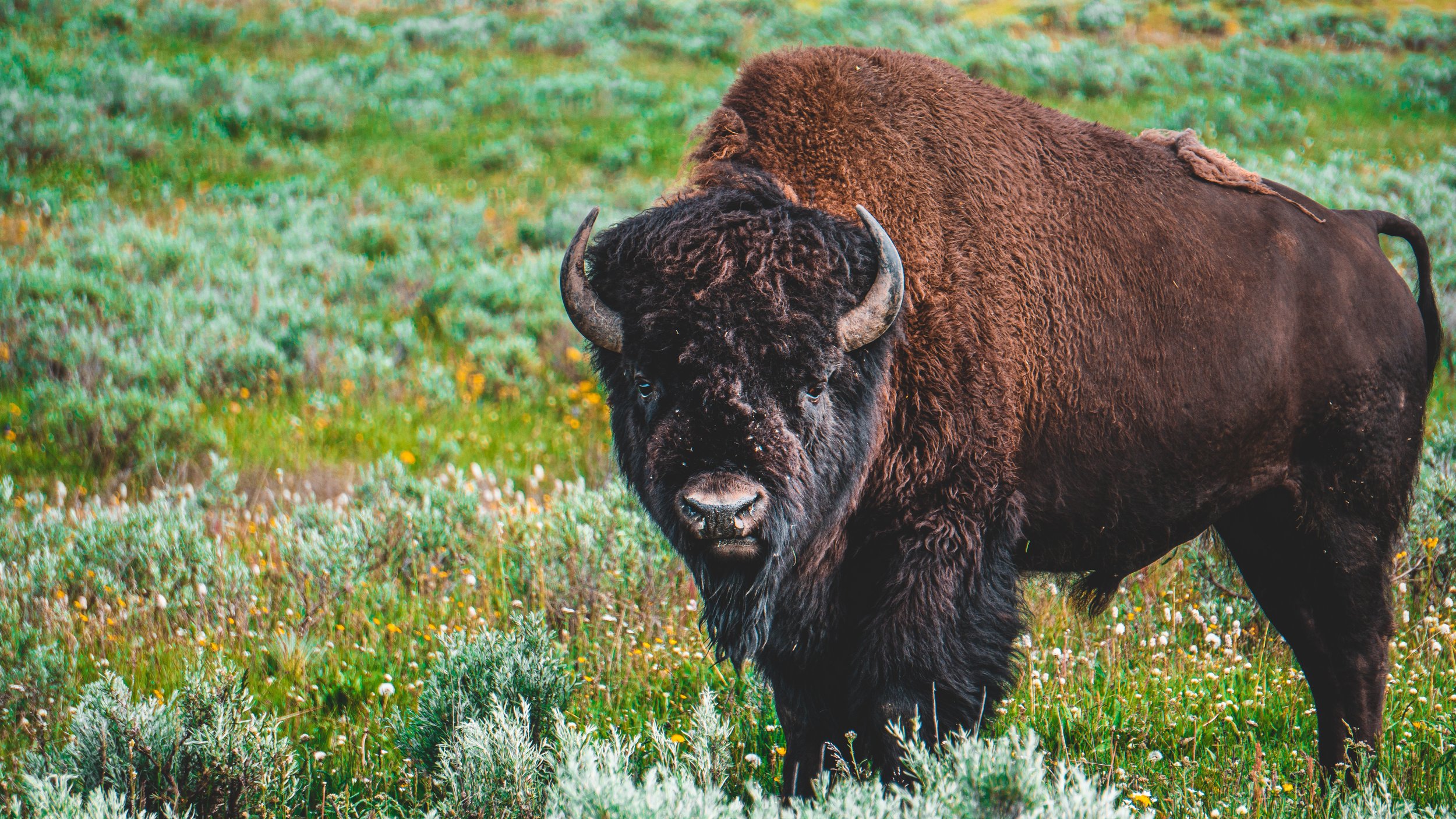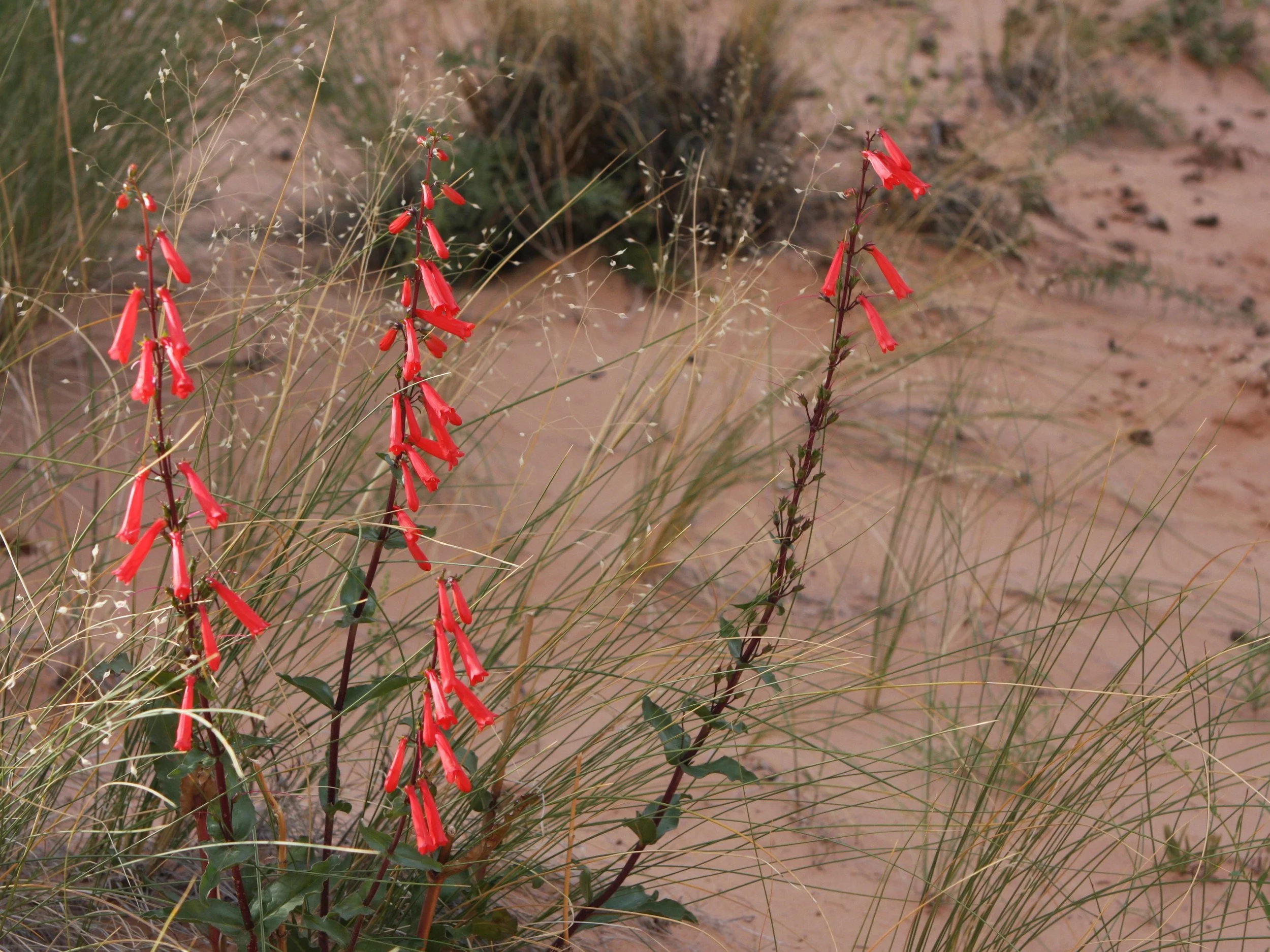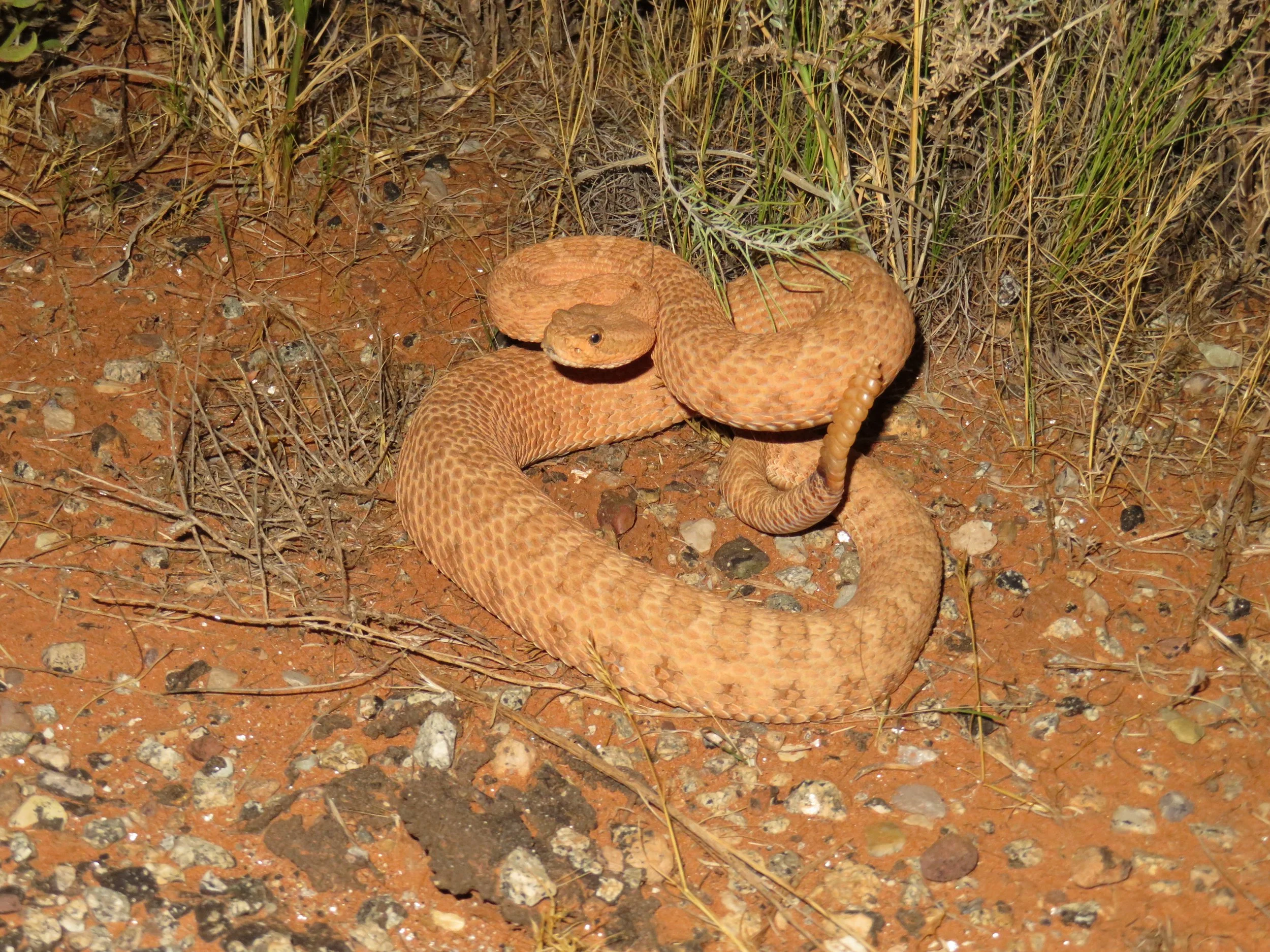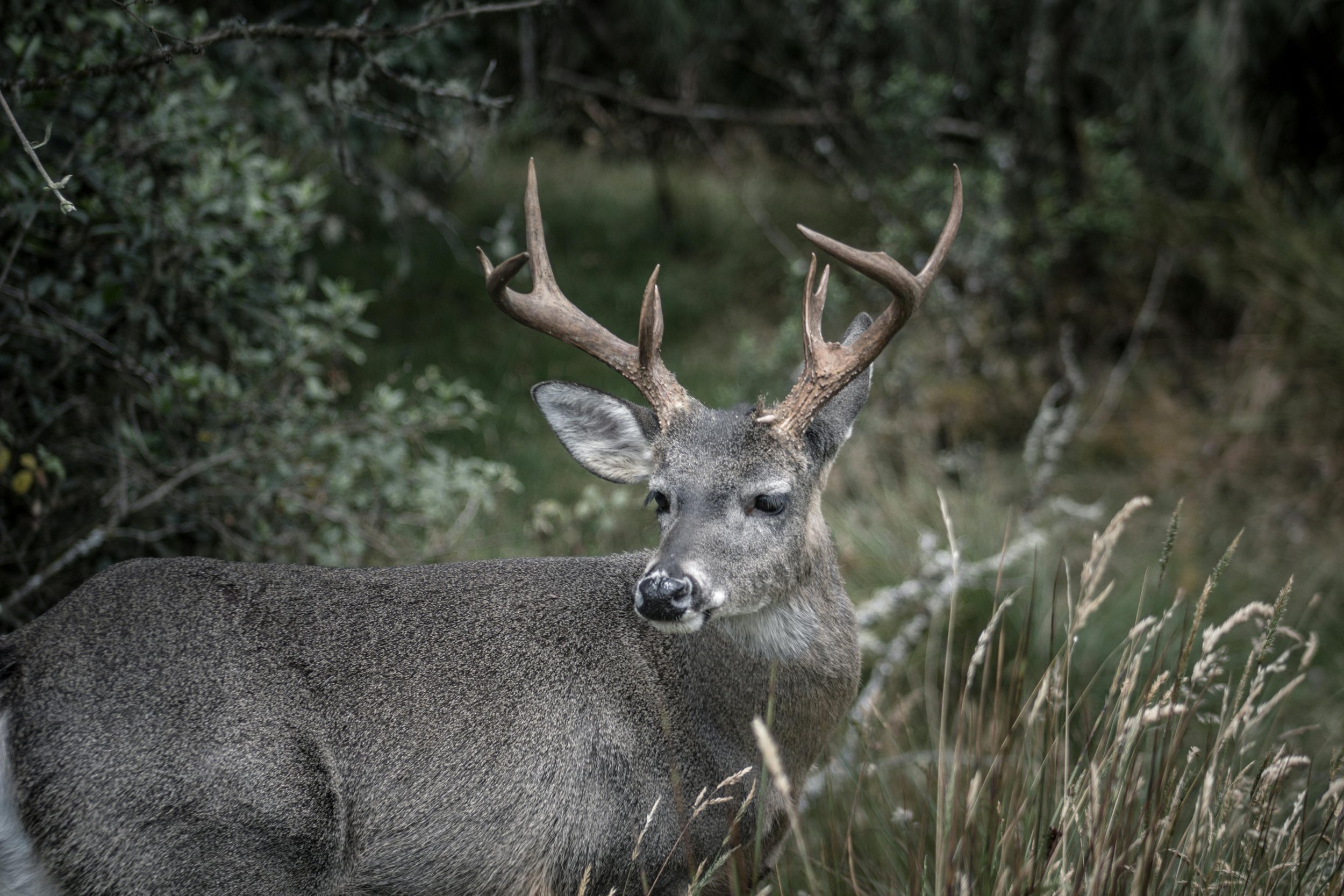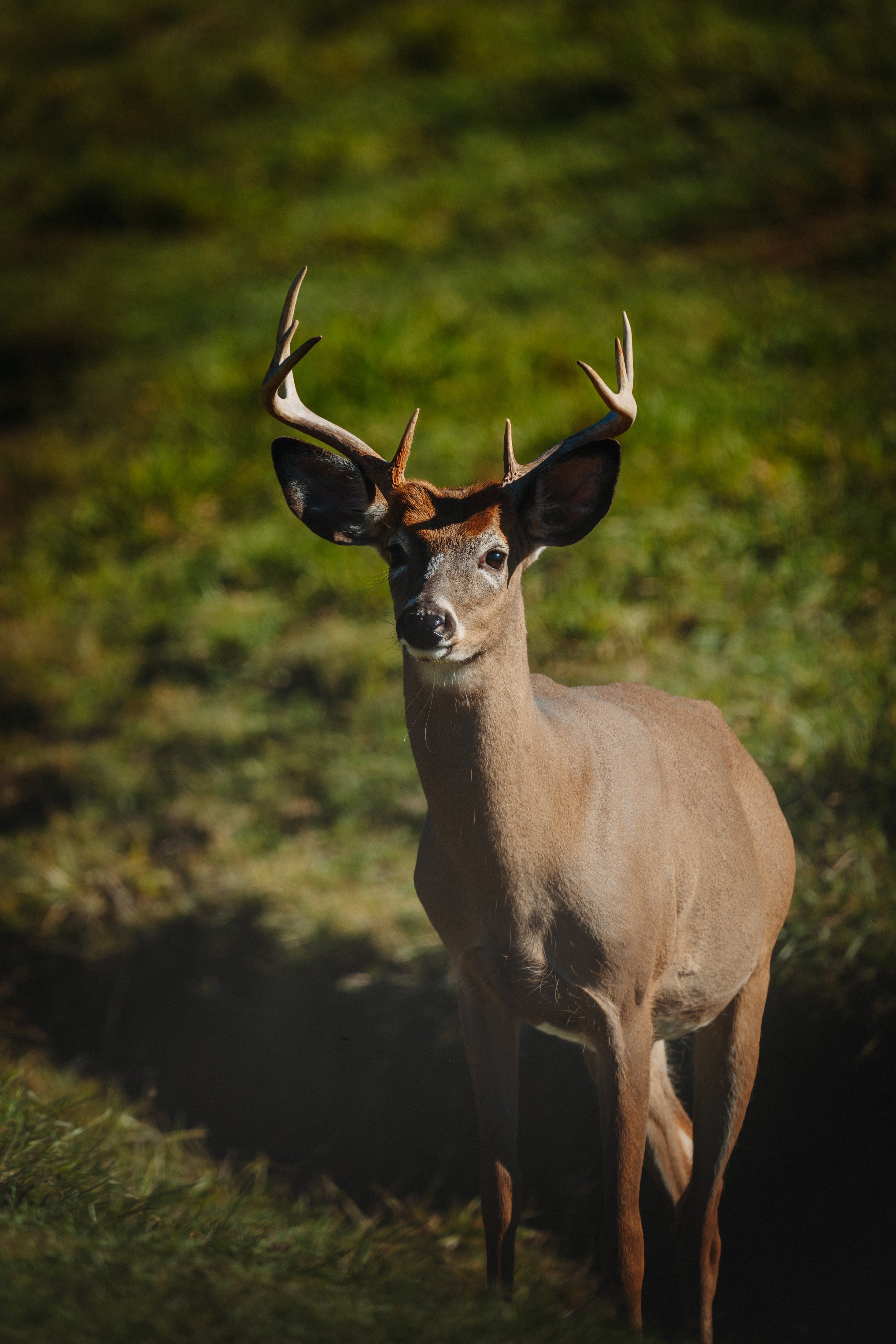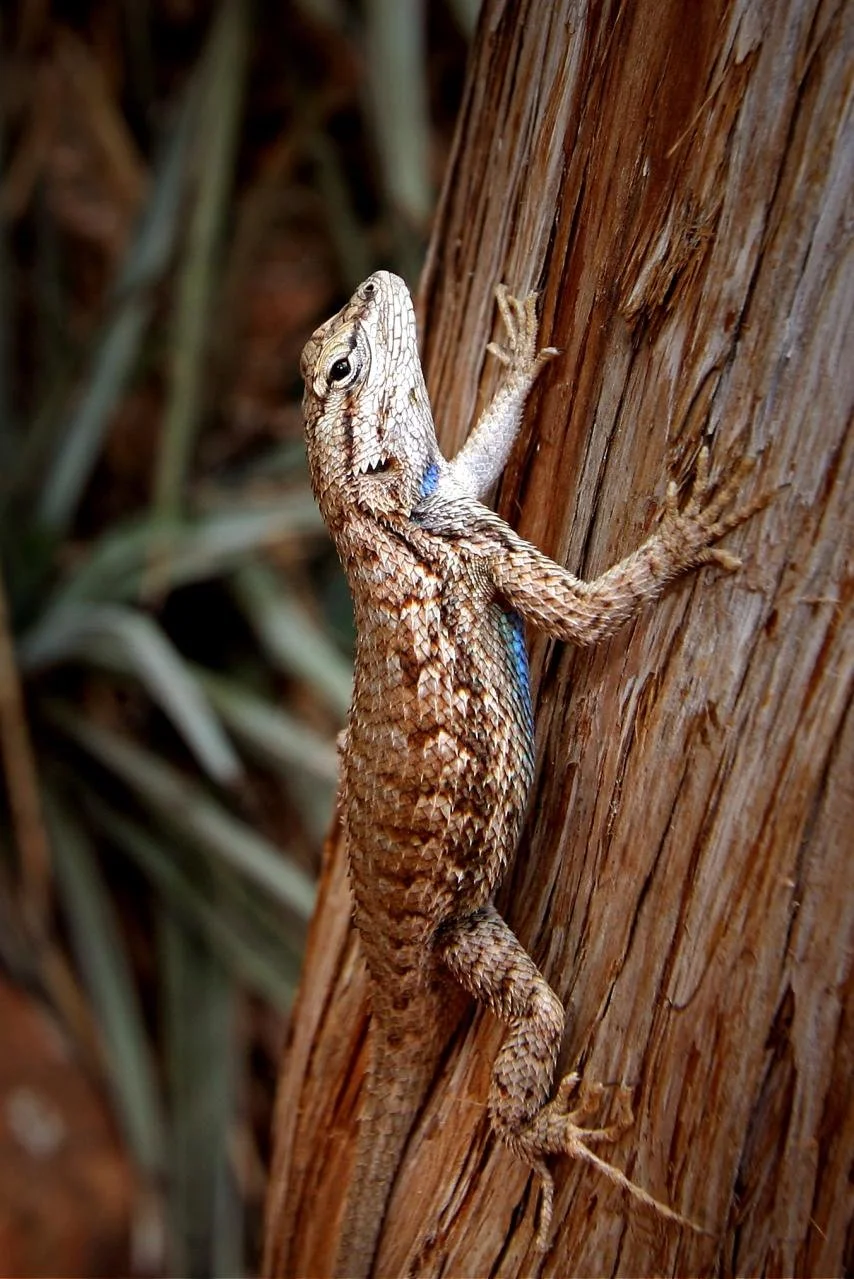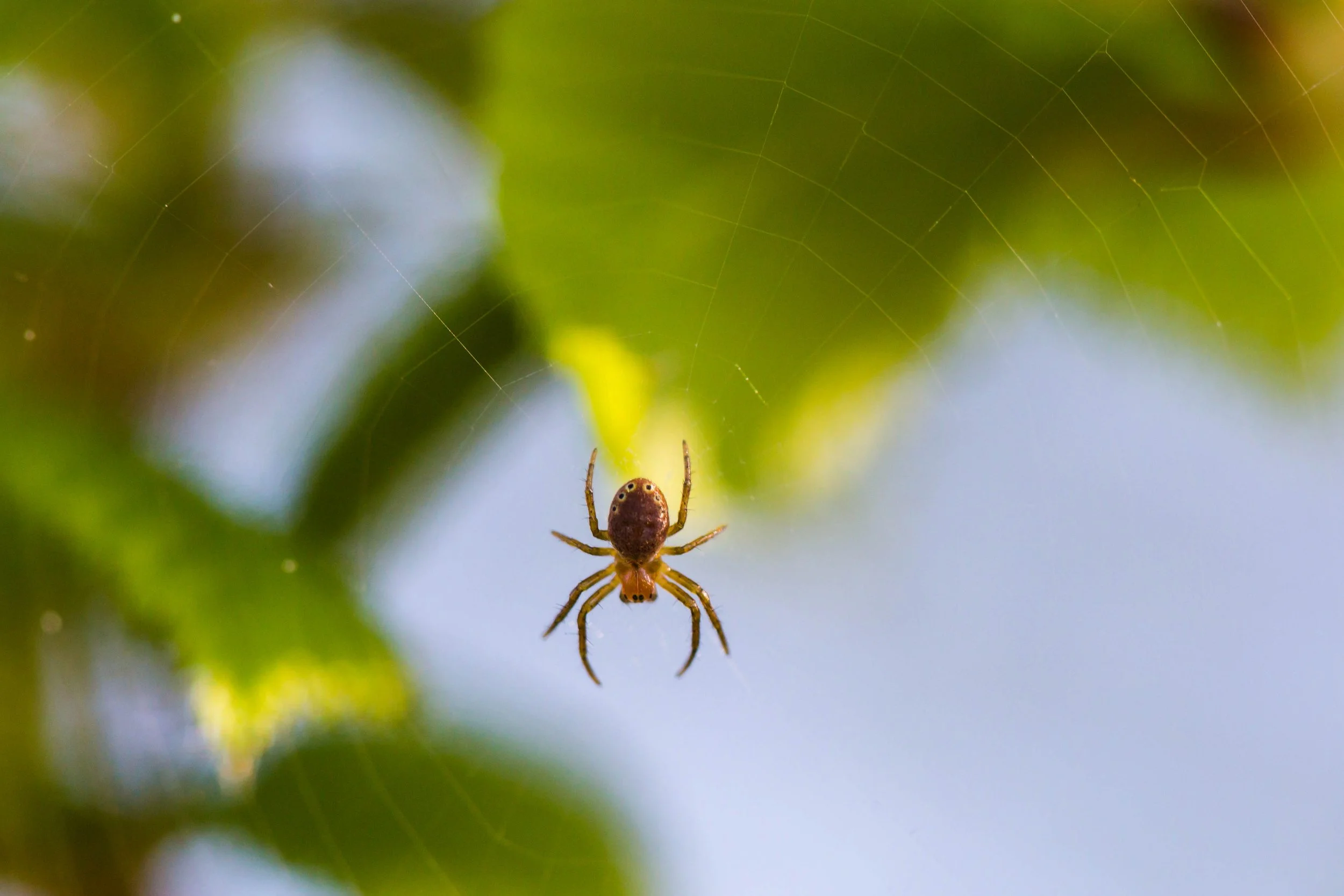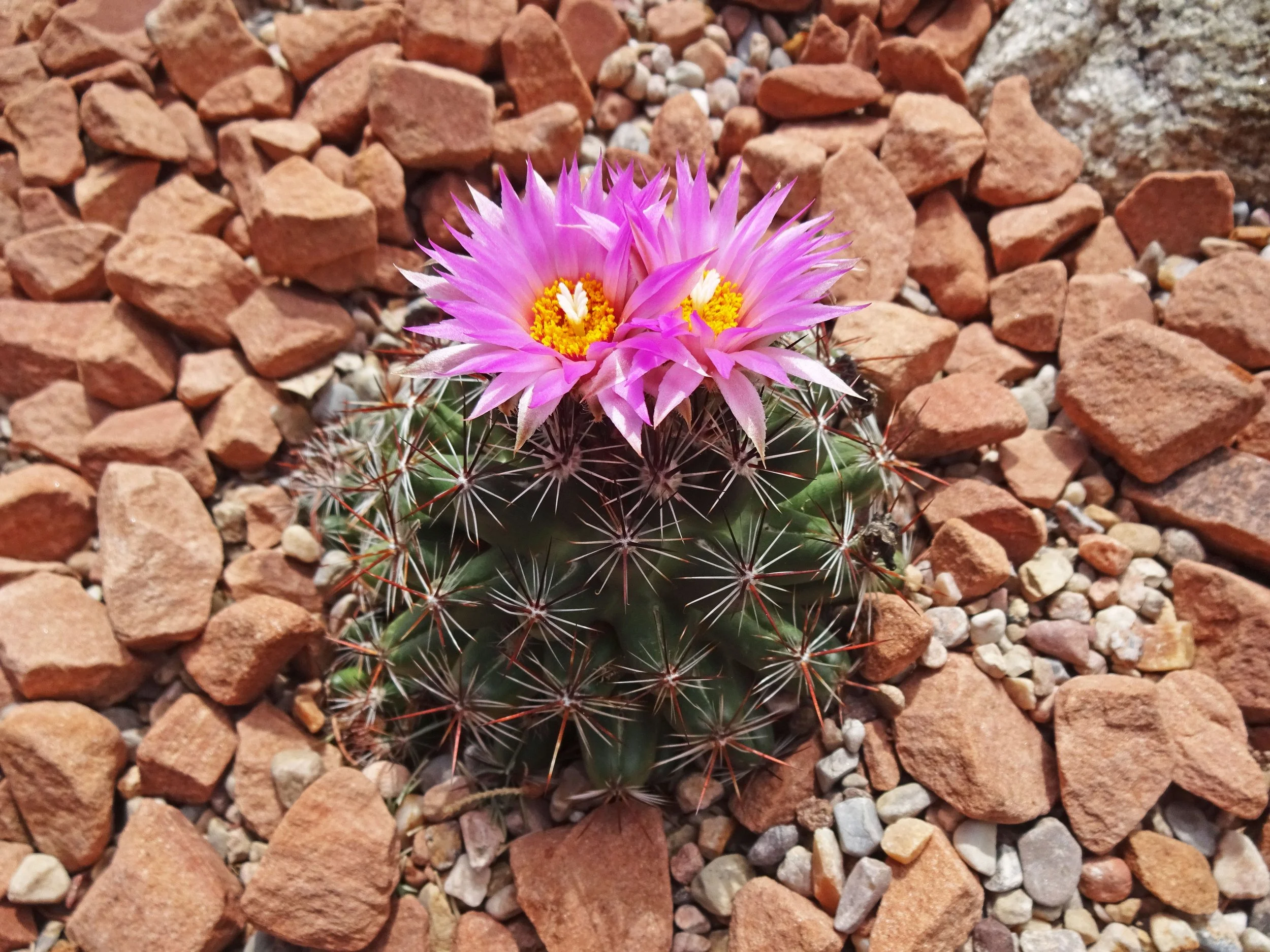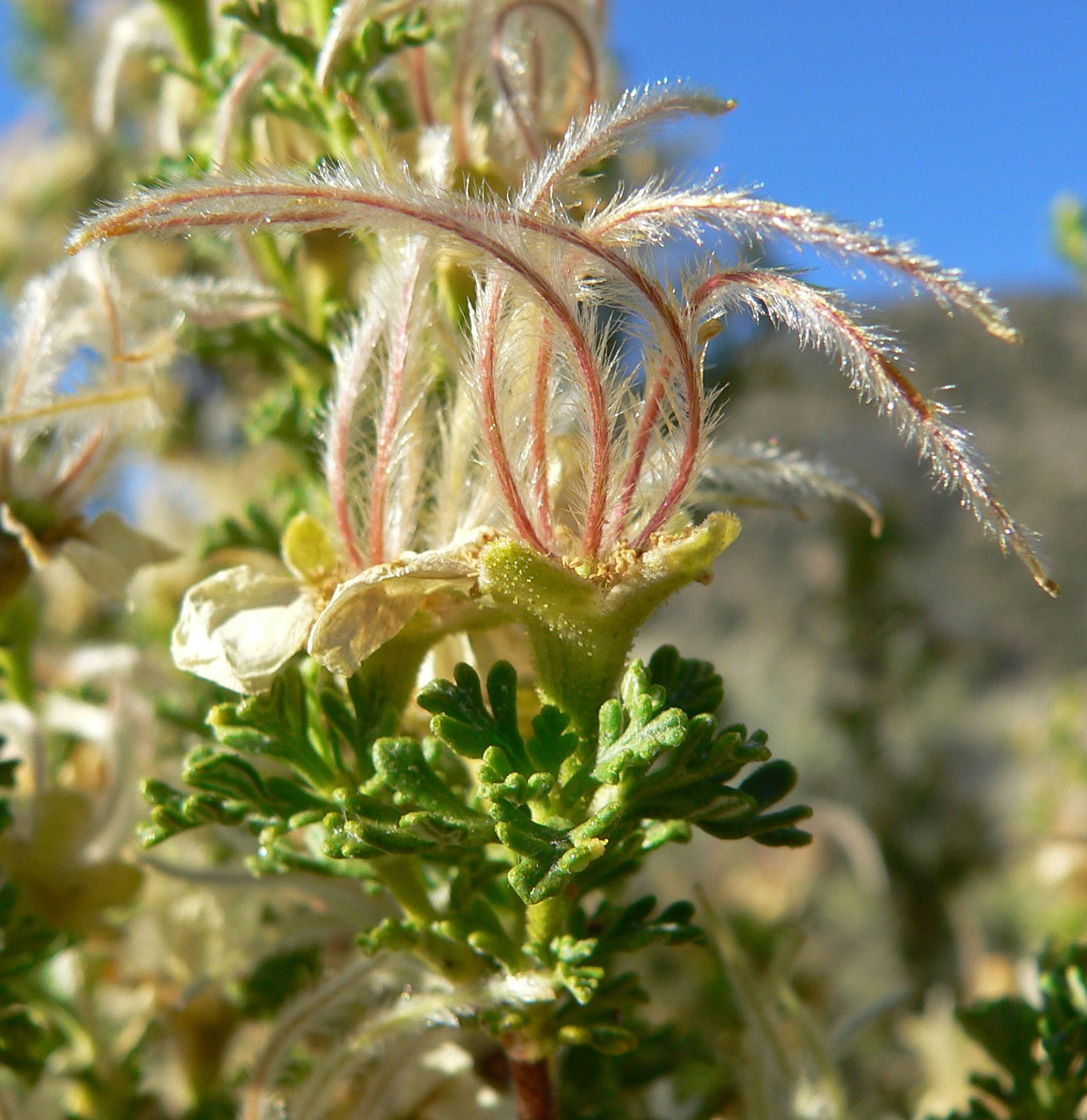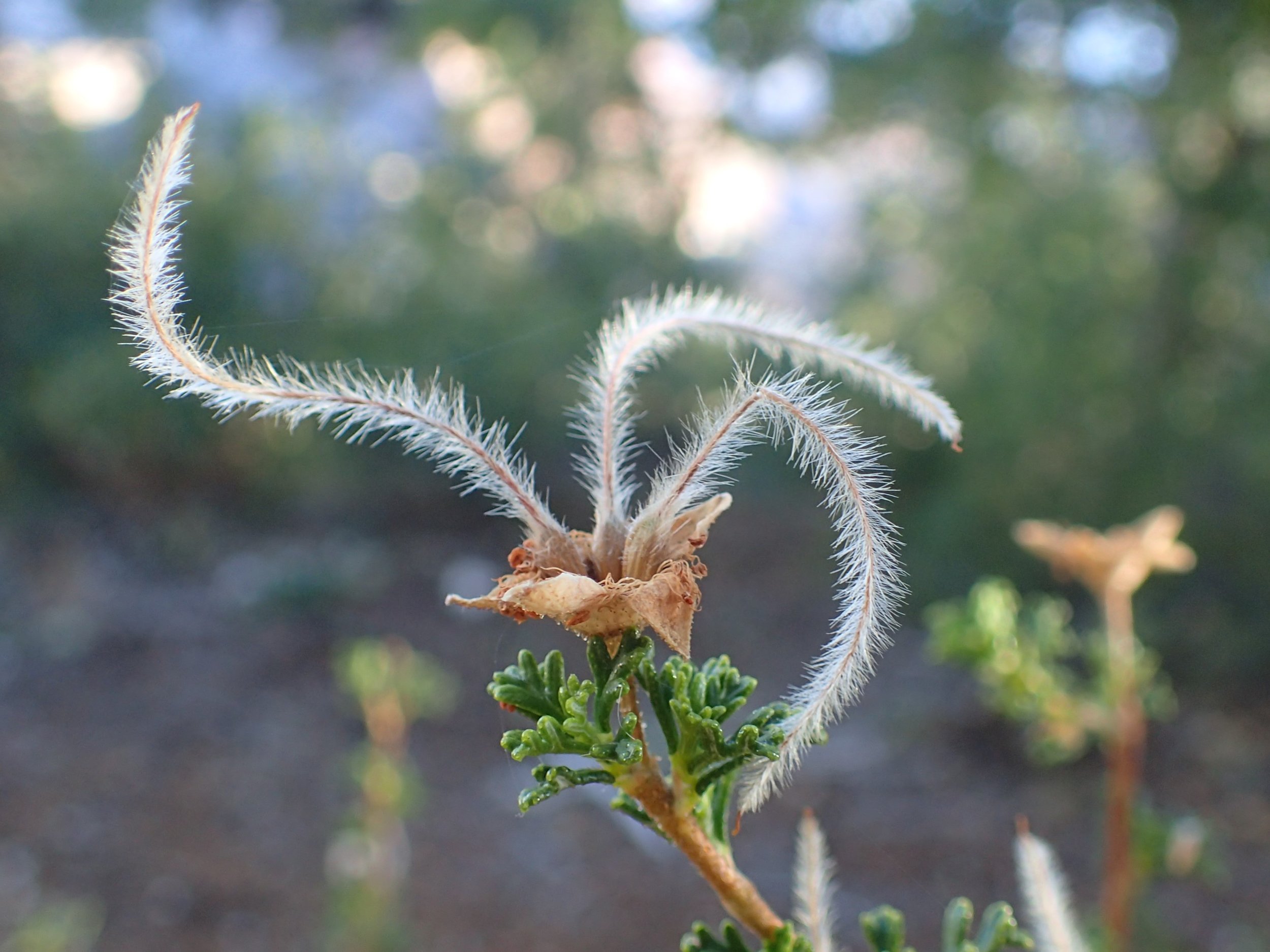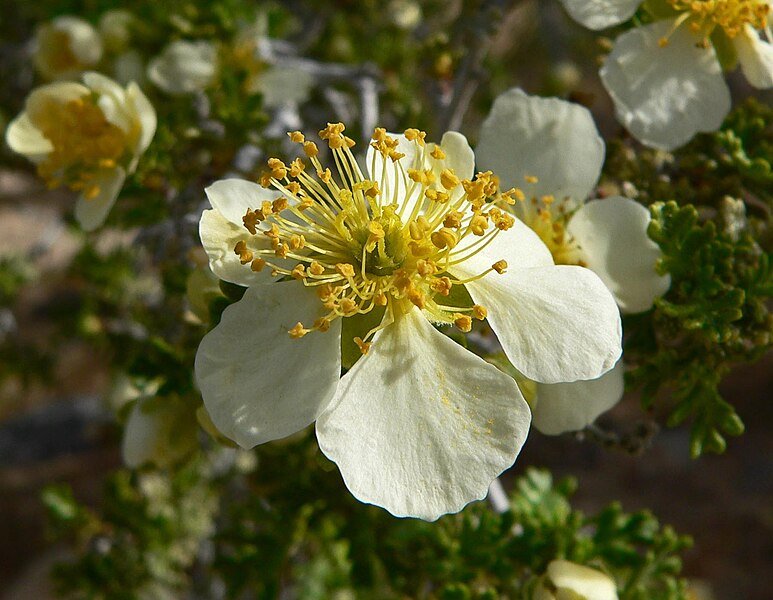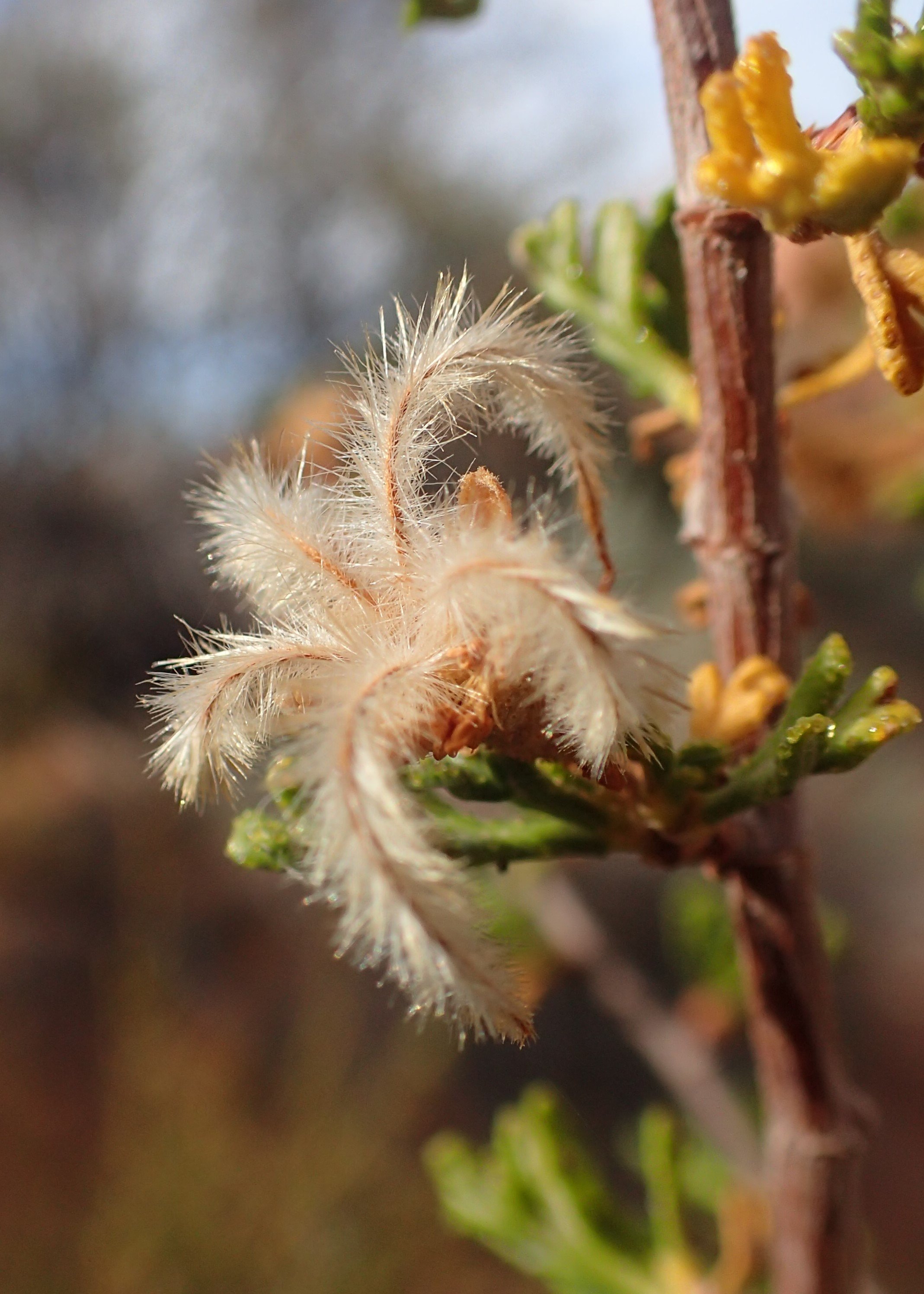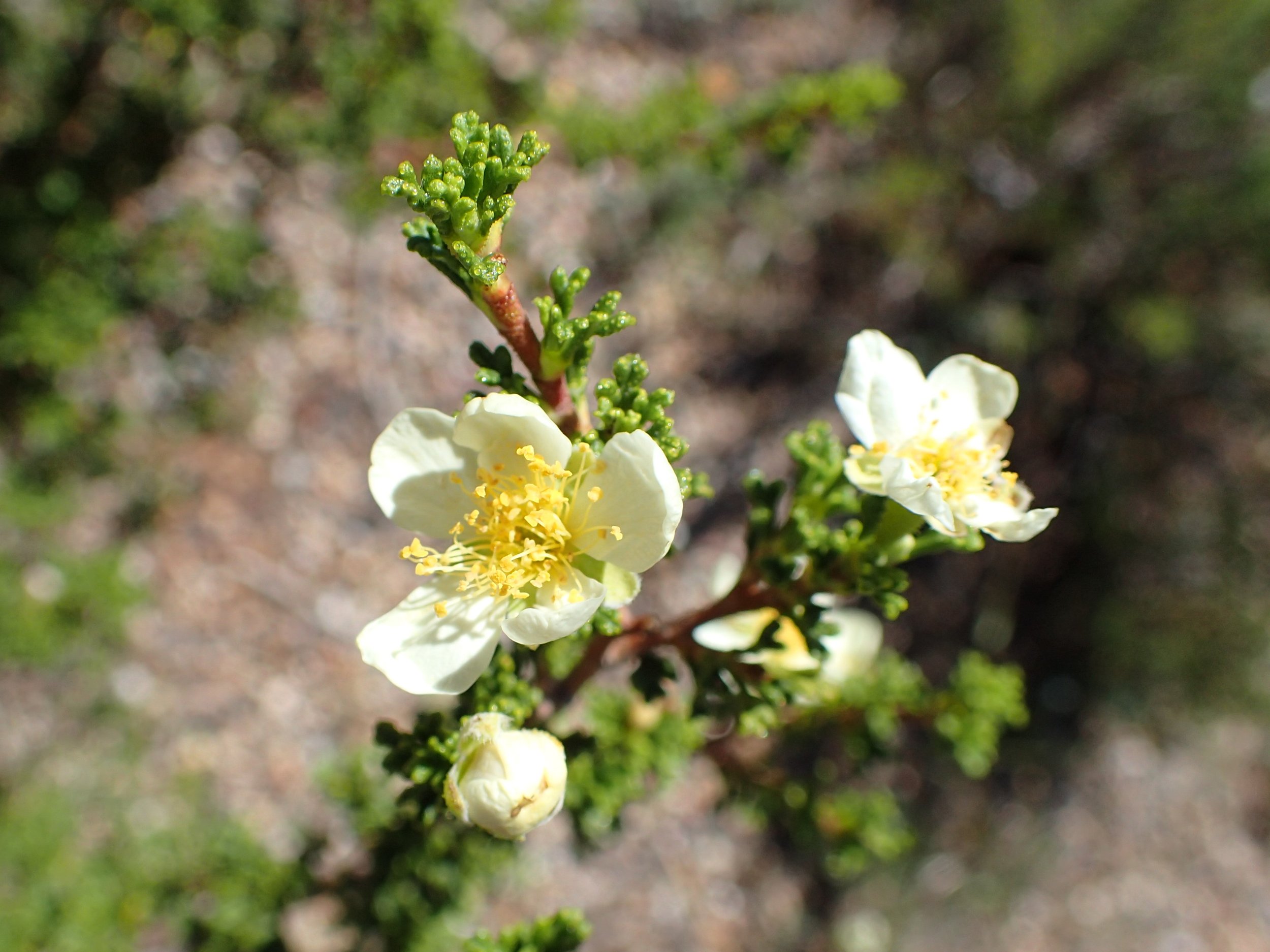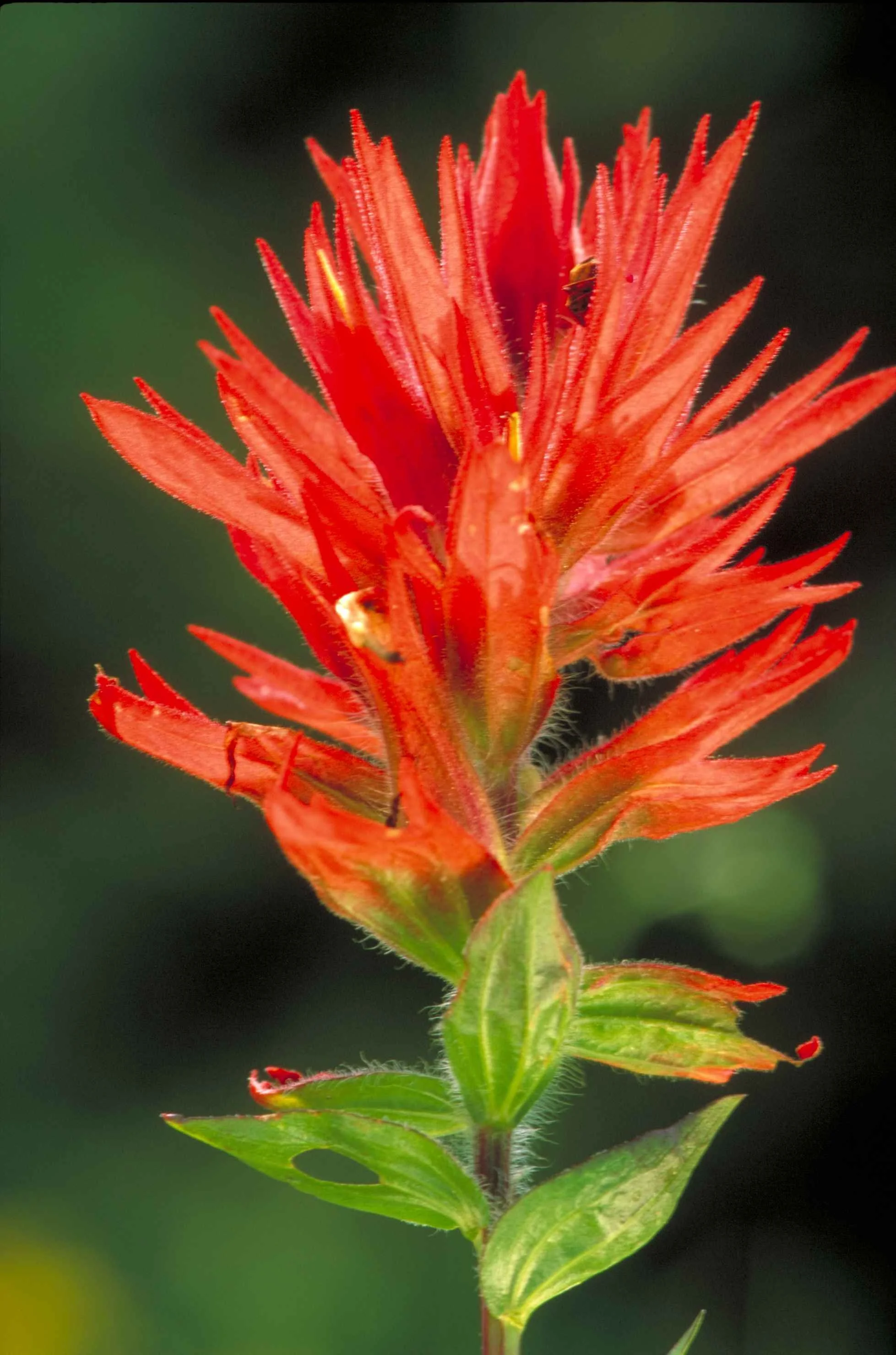Landmark Series—Behind the Bandana: Bright Angel Point, Grand Canyon
Guest User
As you traverse the steep, paved trail near the magnificent Grand Canyon Lodge you will behold the expansive and awe-inspiring view from the famed Bright Angel Point. This extraordinary vantage point, over 1,000 feet higher than the South Rim, offers a majestic view of Bright Angel Canyon to the east, Transept Canyon to the west, the Colorado River below, and the magnificent erosional formations that characterize the North Rim. The Grand Canyon was carved with patience for millennia by the Colorado River. Each layer of the canyon's vast expanse features an intricate geological history that represents a designated ecological era spanning back nearly 2 billion years. With its staggering dimensions of 277 miles in length, up to 18 miles in width, and over a mile in depth, this awe-inspiring wonder blankets an area of roughly 1,904 square miles. This destination is a must-visit for nature lovers, history buffs, rock enthusiasts, and adventurers with a wellspring of type-two and type-one fun for all.
Let the Bright Angel Point Landmark Bandana be your guidebook to native flora and fauna on your next visit. Here is a closer look at the featured species:
American Bison
Coyote
Eaton’s Penstemon
Grand Canyon Rattlesnake
Grand Canyon Tailed Copper Butterfly
Grand Canyon Tarantula
Mule Deer
Plateau Fence Lizard
Six Spotted Orb Weaver
Spinystar
Stansbury’s Cliffrose
Western Bluebird
Wyoming Paintbrush
Zone Tailed Hawk
FIELD GUIDE:
Land Acknowledgement:
Today, there are 11 federally recognized tribes associated with the Grand Canyon: the Havasupai, Hopi, and Hualapai tribes, the Navajo and Yavapai-Apache nations, the Pueblo of Zuni and the Southern Paiute including the Kaibab, Las Vegas, and Moapa bands of Paiute Indians, the Paiute Indian Tribe of Utah and the San Juan Southern Paiute Tribe. These First Nations peoples are the original and longest-serving stewards of the lands.
#1. American Bison
Bison have a deep historical and cultural significance. They are considered sacred by Native Americans, who have cultivated a symbiotic and spiritual relationship with these magnificent creatures. Bison are large mammals with tufted fur known for a distinct hump in their back. Males can reach weights of up to 2,000 pounds, standing tall at 6 feet! The grazing style of bison is crucial for maintaining balance in the ecosystem. These majestic beings once freely roamed in vast herds across the Great Plains, shaping the landscapes we know today. Unfortunately, hunting of the bison nearly caused them to go extinct. However, through dedicated conservation efforts spearheaded by tribal councils and nature conservancies, we are now witnessing a remarkable resurgence of these iconic animals. Yellowstone is the only place in the lower 48 states to have a continuously free-ranging bison population since prehistoric times.
#2. Coyote (Canis latrans)
Coyotes are cunning creatures resembling a delicate fusion of wolves and dogs with a slim build, pointed ears, narrow snout, tufted tail, and gray to reddish-brown coat. The name Coyote is Latin for "barking dog" as these pups are infamous for their howling vocalizations. Omnivorous Coyotes are primarily nocturnal and crepuscular (active during dawn and dusk). These pack animals mate for life. Their pups are born blind, only opening their eyes 11 or 12 days after birth.
#3. Eaton’s Penstemon (Penstemon eatonii)
(Source: Wikimedia Commons, Stan Shebs)
Eaton's Penstemon, a resilient species celebrated by various names such as Firecracker Penstemon and Eaton's Beardtongue, thrives in dry conditions and well-drained soils. Adaptable to diverse elevations and soil types, this perennial herb boasts tubular flowers in vibrant hues of red and scarlet, adorned with a split upper lip and a fuzzy lower lip. A marvel of nature, it brings the late spring and early summer landscape to life, attracting pollinators like hummingbirds and bees with its clusters of vibrant blooms.
#4. Grand Canyon Rattlesnake (Crotalus oreganus abyssus)
(Source: Wikimedia Commons, Psyon)
The Grand Canyon Pink Rattlesnake dons a pinkish hue as nature's camouflage, blending in with the exposed rock terrain in the canyon. Rattlesnakes are remarkable pit vipers adorned with a distinctive rattle at the end of their tails, infamous for their paralyzing poisonous venom. Their rattle is made of keratin, the same substance that forms human fingernails. Rattlesnakes bite when they feel threatened so if you encounter one on the trail try not to jump or yelp, stay calm, and keep 10 feet away, do not throw rocks or try to move the snake. As bites are most likely to occur on hands or ankles, be sure to wear high-top boots, thick socks, and loose pants.
#5. Grand Canyon Tailed Copper Butterfly (Lycaena arota)
(Source: Wikimedia Commons, Fæ)
The Grand Canyon Tailed Copper Butterfly stands out with its unique hindwing tails found in both males and females. Males showcase a copper-brown upper surface with an iridescent purple sheen, while females sport an orange and dark brown pattern. The undersides of both sexes are gray with black-spotted forewings. The hindwings display intricate black scrawls and a striking band of submarginal white crescents. With a small wingspan, they grace the canyon from May to August.
#6. Grand Canyon Tarantula (Aphonopelma marxi)
Tarantulas have inhabited the Earth for millions of years and some varieties are known to call the Grand Canyon home. These hairy spiders do not spin webs but rather burrow underground during the day and utilize their silk to create soft walls and doors for their burrow habits. Skilled nocturnal hunters, they pounce on prey featuring grasshoppers, beetles, and insects. They defend themselves against predators such as snakes, skunks, owls, and hawks by weaponizing sharp barbs on their abdomen. Though they have a reputation for being venomous and dangerous, most tarantulas will not attack humans, reserving their venom for prey or in situations where they are unnecessarily provoked.
#7. Mule Deer (Odocoileus hemionus)
Mule Deer get their namesake for their large, mule-like ears that are capable of rotating independently. Their coats are grayish-brown while sporting a white rump patch and a black-tipped tail. Male Mule Deer, known as bucks, grow forked antlers each year that they shed annually. As herbivores, they primarily feed on grasses, shrubs, and leaves. Mule Deer are generally crepuscular, meaning they are most active during dawn and dusk.
#8. Plateau Fence Lizard (Sceloporus tristichus)
(Source: Wikimedia Commons, Wilfredor)
The elusive Plateau Fence Lizard thrives in diverse habitats, from rocky areas to canyons, plateaus, and open woodlands. You can find these scaly friends in areas bathed in ample sunlight, where they can bask in all their glory. These critters have a spiny-scaled upper body, displaying hues that range from grayish to brownish or greenish, adorned with faint dark brown cross-bands on either side of the midline. Males display the distinguishable characteristic of elongated metallic blue patches on their belly and throat.
#9. Six Spotted Orb Weaver (Araniella displicata)
(Source: Wikimedia Commons, Rudolphous)
The Six-Spotted Orb-Weaver is a remarkable spinner of intricate, wheel-shaped webs designed to ensnare airborne creatures like flies and mosquitoes. Adult females are petite spiders measuring a mere 0.12 to 0.2 inches (3 to 5 mm) in body length sporting 8 hairy legs. Adorned with vibrant hues of green or yellow, their bodies boast unique markings, while their abdomens exhibit a mesmerizing arrangement of six spots, each varying in color and intensity.
#10. Spinystar (Escobaria vivipara)
(Source: Wikimedia Commons, Josve05a)
Spinystar, also known as Beehive Cactus or Pincushion Cactus, is a petite and low-growing cactus beloved by nature enthusiasts. With its alluring globose to cylindrical shape, this remarkable plant stands at heights of 4 to 8 inches (10 to 20 cm), showcasing a dense and spiky cover of multicolored spines, ranging from sunny yellow to fiery red or earthy brown. Summer marks the arrival of exquisite flowers, gracing the cactus in shades of enchanting pink, majestic purple, or pristine white. Beloved by pollinators, this unique cactus is a beauty to behold.
#11. Stansbury’s Cliffrose (Purshia stansburiana)
(Image Source: Wikimedia Commons, Kenraiz, Stan Shebs)
Stansbury's Cliffrose is a resilient and tenacious shrub that thrives amidst dry and unforgiving landscapes. Its dense branches sprawl adorned in small, leathery leaves with hues of gray-green and a white underside. Its peeling bark is tinged in a reddish hue. Fragrant blossoms with five velvety-white to cream-colored petals huddle together in delicate clusters eventually producing white fruits. Often planted for erosion control, Cliffrose is said to be used by Native Americans to make rope, sandals, and clothing, while its stems served as arrow shafts.
#12. Western Bluebird (Sialia mexicana)
Male Western Bluebirds boast a striking cerulean plumage on their heads and upper bodies contrasted with a rust-colored chest and white belly. Females exhibit more subtle and muted colors hinting at grays, blues, and yellows. These native birds seek refuge in the cozy confines of old woodpecker holes and other natural or artificial cavities to nest. They are known for their melodious and warbling songs, listen to the Western Bluebird call here.
#13. Wyoming Paintbrush (Castilleja coccinea)
(Source: Wikimedia Commons, Fæ)
Also known as Prairie Fire or Grandmother’s Hair (Ojibwe) or Indian Paintbrush (named by colonizers, perpetuating harmful stereotypes), this beautiful wildflower is known for its vibrant, brush-like clusters of flowers that come in shades of red, orange, yellow, pink, or purple. Prairie Fire gets most of its nutrients from the roots of other plants, such as grasses. This plant also relies on pollination from hummingbirds who are drawn to its vibrant colors. Castilleja coccinea is the state flower of Wyoming.
#14. Zone Tailed Hawk (Buteo albonotatus)
(Source: Wikimedia Commons, Fæ)
The Zone-tailed Hawk is a sleek, blackish raptor with a captivating resemblance to Turkey Vultures in both appearance and behavior—thought to be a form of mimicry that may give the hawks a predatory advantage on the hunt for birds, mammals, and lizards. Their lightly barred feathers display a two-toned rippling effect between light and dark stripes on the underside of their wings and tail. Listen to the Zone Tailed Hawk’s birdcall.
Ready to geek out on more nature facts? Head over to our Landmark Series page for more.



